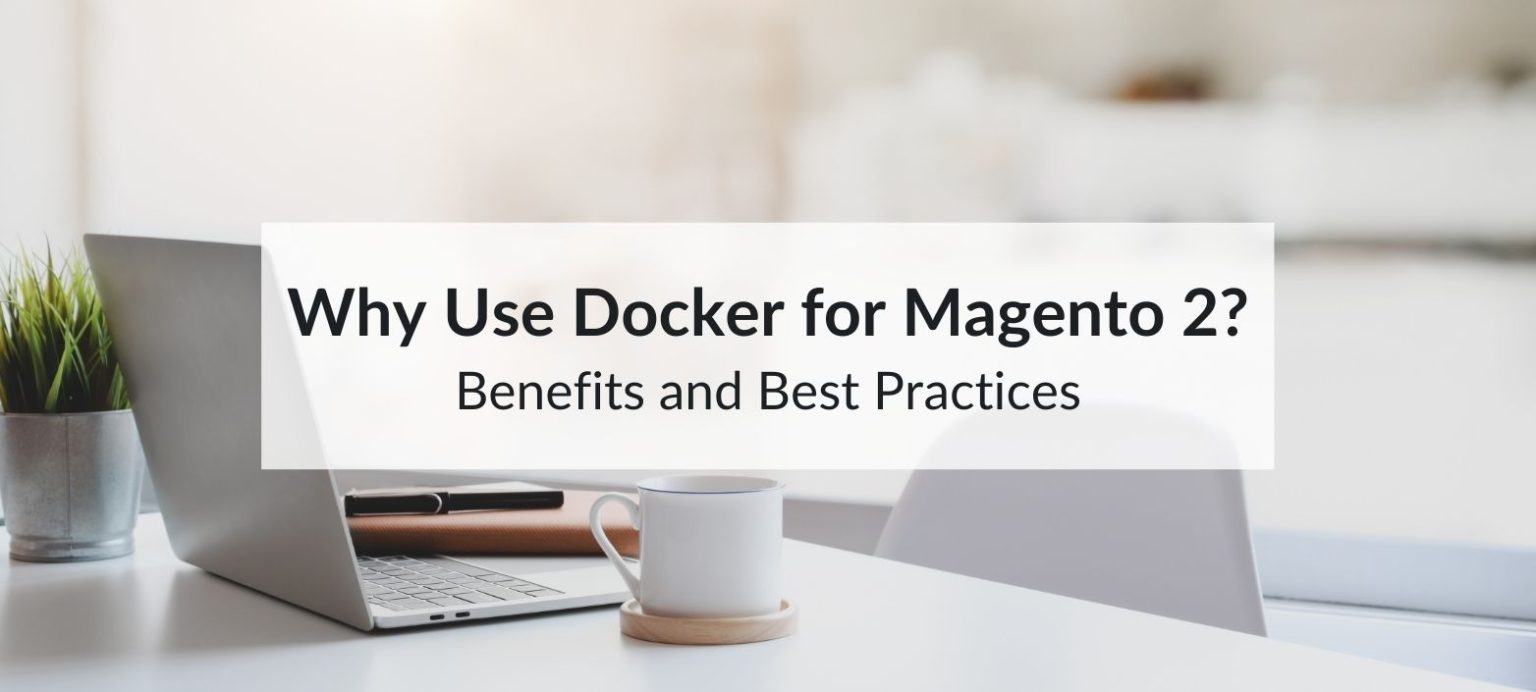Magento 2 Docker has changed the way e-commerce teams build, test, and deploy their online stores. Instead of wrestling with local setups, version mismatches, and endless troubleshooting, Docker allows you to create a consistent environment in minutes.
If you run a Magento store, you know that time is money. Every hour lost fixing a setup issue is an hour not spent improving your product pages, enhancing checkout, or running marketing campaigns. Magento 2 Docker streamlines development, eliminates the “works on my machine” problem, and helps your team move faster.
What is Magento 2 Docker
Docker is a containerization platform that packages your application and its dependencies into isolated, lightweight containers. For Magento 2, that means you get an environment that can run anywhere, from a developer’s laptop to a cloud server, without installation headaches.
How Magento 2 Docker Works in Real Projects
The Traditional Magento Setup Problem
Setting up Magento 2 manually can take hours, or even days, especially when you have to install PHP, MySQL, Elasticsearch, and other services in the right versions. Every developer might have a slightly different setup, leading to inconsistencies.
How Docker Fixes the Issue
Magento 2 Docker bundles everything, from web server, PHP version, database, caching services into containers that can be started with one command. Everyone runs the same configuration, so if it works for one person, it works for everyone.
Real-World Use Cases for E-commerce Teams
For Agencies
Agencies often juggle multiple Magento clients. Docker lets them switch between projects instantly without breaking dependencies.
For In-House E-commerce Teams
Internal teams can ensure their staging and production servers match exactly, making it easier to test new features before going live.
For Freelancers and Extension Developers
Freelancers can spin up a fresh Magento environment to test extensions or troubleshoot client issues without touching their main setup.
Benefits of Magento 2 Docker for E-commerce Stores

1. Faster Development and Setup
Why Speed Matters for E-commerce Teams
The longer it takes to get a development environment running, the slower your store improvements happen. Speed means you can launch new features and fixes faster.
Time Savings in Onboarding
Some Magento teams have reduced developer onboarding from 2–3 days to just a couple of hours by adopting Docker. That’s time better spent writing code or optimising sales funnels.
2. Consistency Across Environments
Reducing Environment Drift
Environment drift happens when your local, staging, and production setups start to differ. Magento 2 Docker keeps them identical, preventing unpredictable bugs.
Preventing Version Mismatches
A PHP version mismatch can break a store. With Docker, your PHP version stays consistent everywhere, so no nasty surprises during deployment.
3. Easier Collaboration for Teams
Aligning Development and QA
When developers and testers run the same environment, bug reproduction becomes much easier. You avoid the “can’t replicate” roadblock.
Streamlining CI/CD Pipelines
CI/CD systems like GitHub Actions or GitLab CI can run the same Docker setup you use locally, making deployments smooth and predictable.
Best Practices for Using Magento 2 Docker
1. Choosing the Right Docker Images
Development Images vs Production Images
Development images usually include Xdebug and extra tools for debugging. Production images should be lean, optimised, and secure.
Trusted Sources for Magento 2 Docker Images
Use well-maintained repositories like official Magento DevDocs recommendations or respected community projects on Docker Hub.
2. Organizing Your Docker Compose Setup
Separating Services into Individual Containers
Run PHP, MySQL, Elasticsearch, and Redis in separate containers. This makes it easy to scale and troubleshoot individual services.
Structuring docker-compose.yml for Scalability
Keep your configuration clean, comment your files, and avoid hardcoding values. This makes it easier to adapt as your project grows.
3. Optimising for Performance
Resource Allocation Tips
Magento 2 is resource-heavy. Assign enough CPU and RAM in Docker Desktop or your server to avoid slow load times.
Using Caching and Persistent Volumes
Integrate Varnish caching in Docker for faster response times and map volumes for your database and media files so data survives container restarts.
Common Magento 2 Docker Mistakes and How to Avoid Them

Mistake #1: Overstuffing a Single Container
Running everything in one container is tempting but makes scaling and debugging much harder. Stick to the one-service-per-container rule.
Mistake #2: Forgetting to Persist Data Volumes
Without persistent volumes, your database and media files will be lost when containers are rebuilt. Always configure them in docker-compose.yml.
Mistake #3: Ignoring Security and Image Updates
Magento 2 Docker images should be updated regularly to patch vulnerabilities. Outdated software can lead to store breaches.
Mistake #4: Mismanaging Host Machine Resources
Giving Docker too much memory can slow your host machine. Allocate resources wisely to balance performance and stability.
Conclusion and Next Steps
Magento 2 Docker gives you a faster, more consistent, and more reliable way to develop and maintain your e-commerce store. It saves setup time, eliminates environment inconsistencies, and improves collaboration between teams.
Magento 2 Docker improves development by creating identical environments, speeding setup, and reducing bugs for e-commerce teams. If you want expert help setting up Magento 2 Docker for your store, 5MS offers tailored solutions that fit your business needs.

